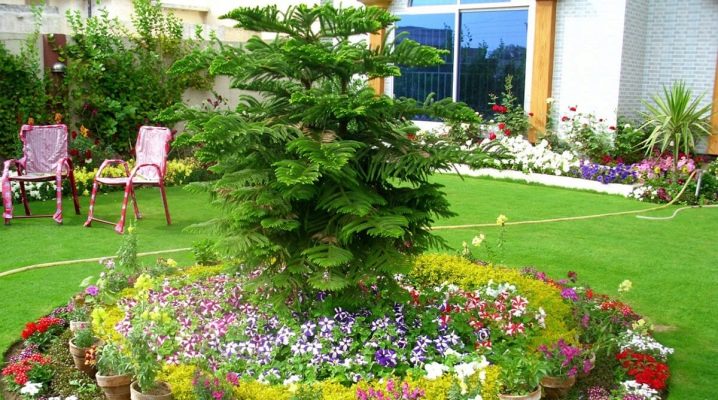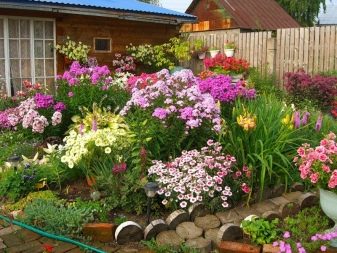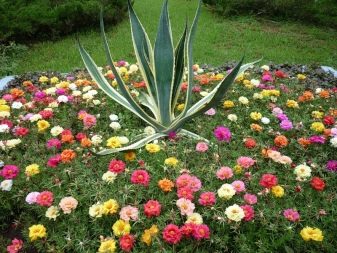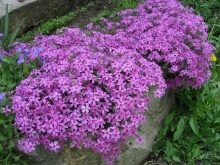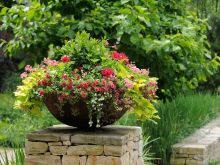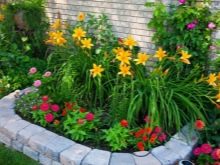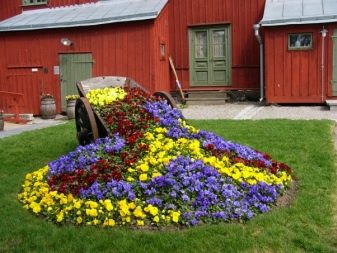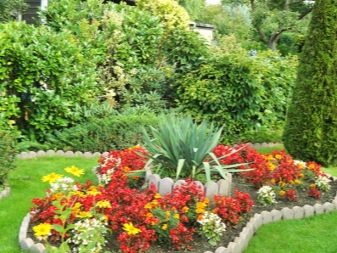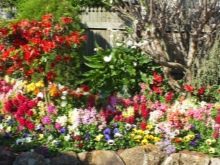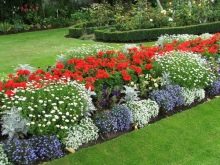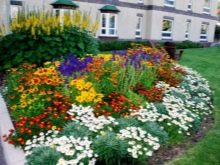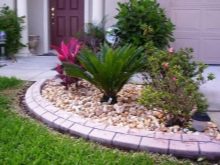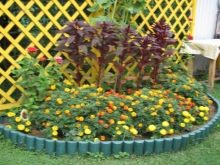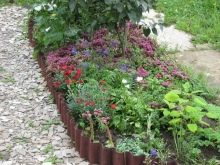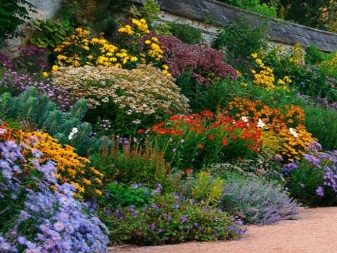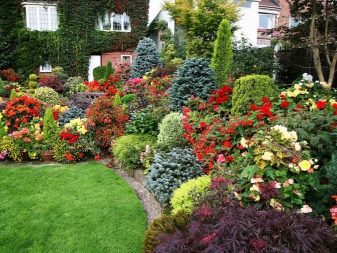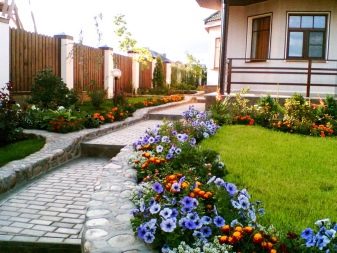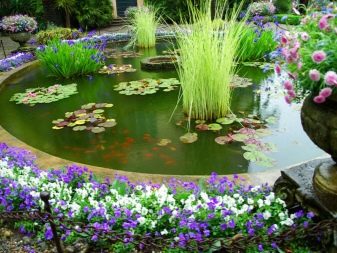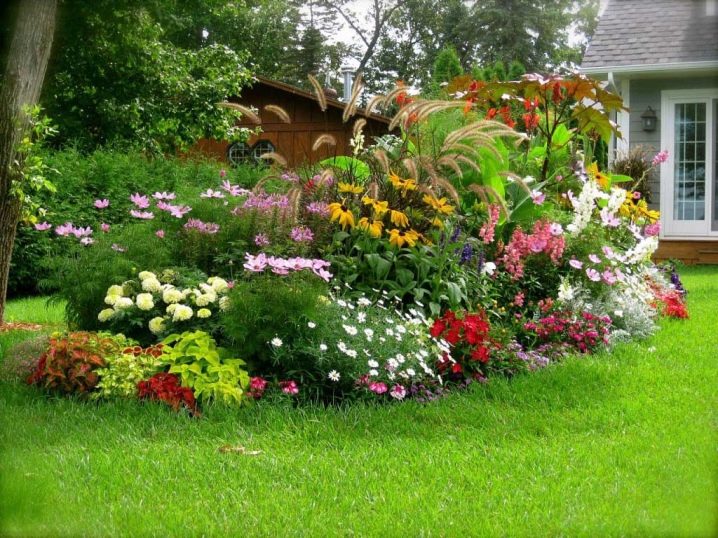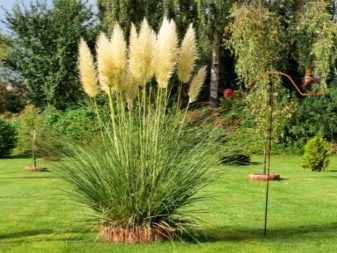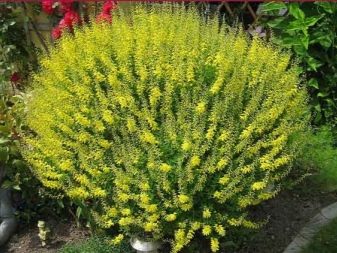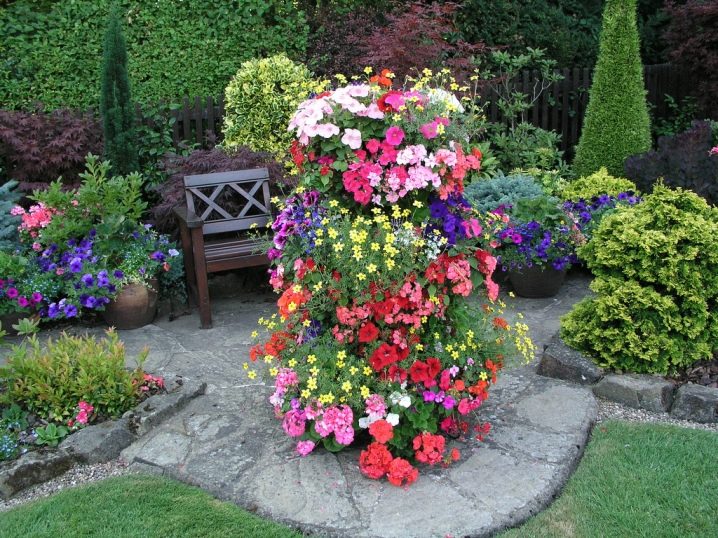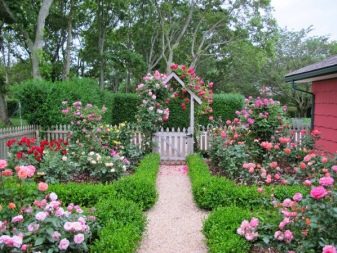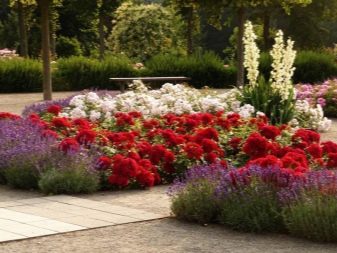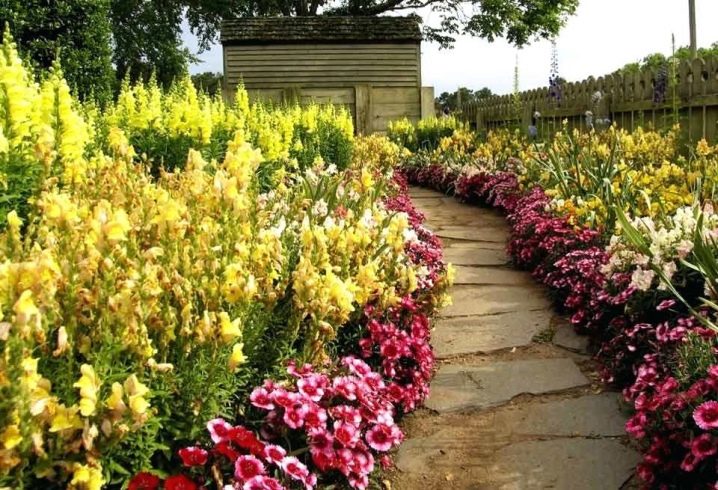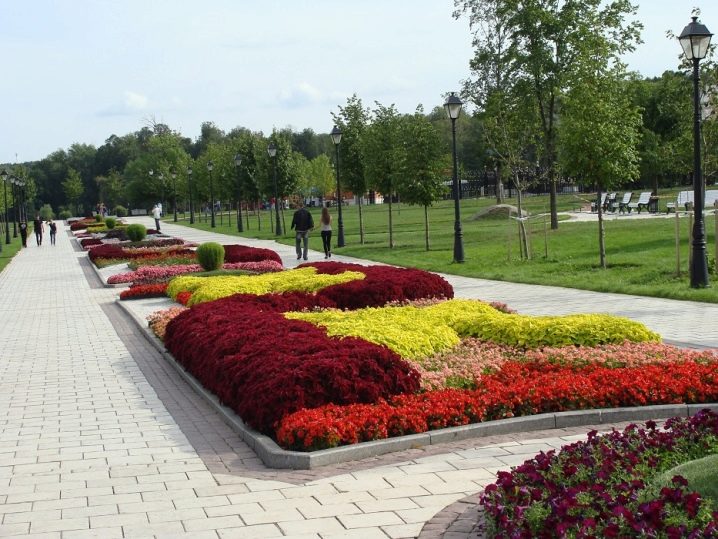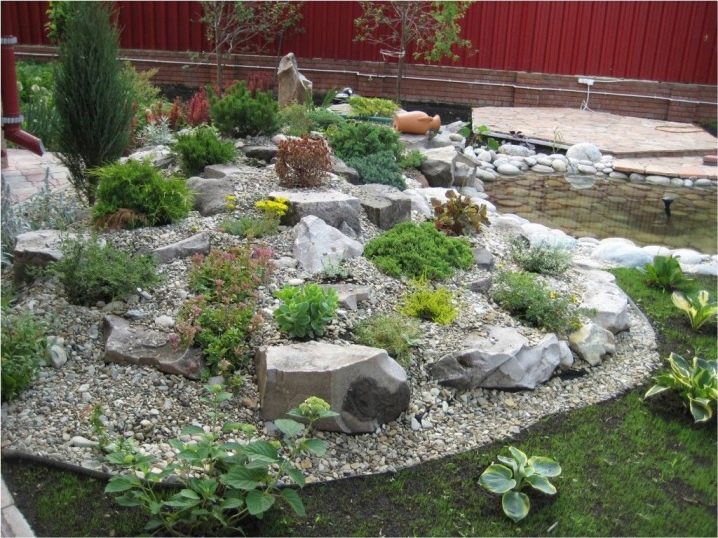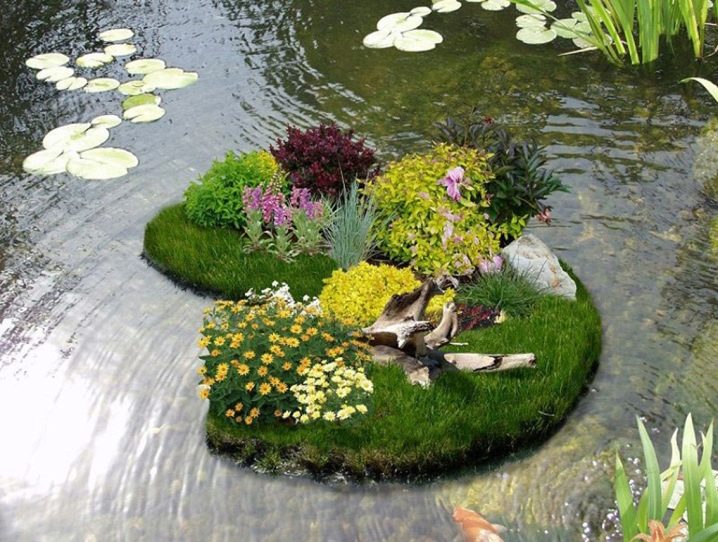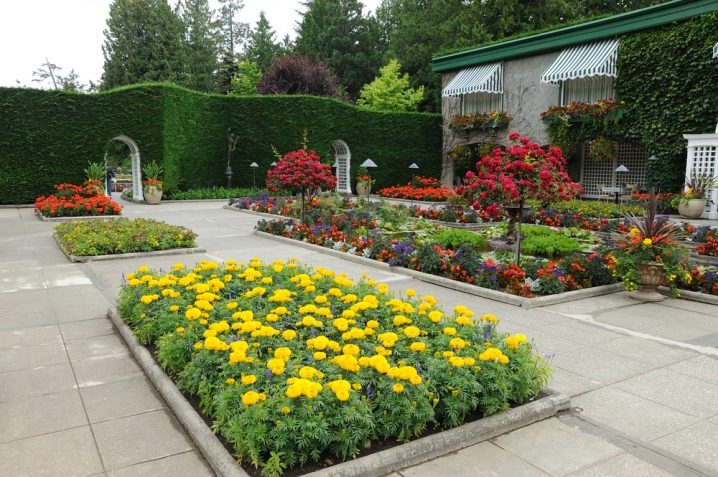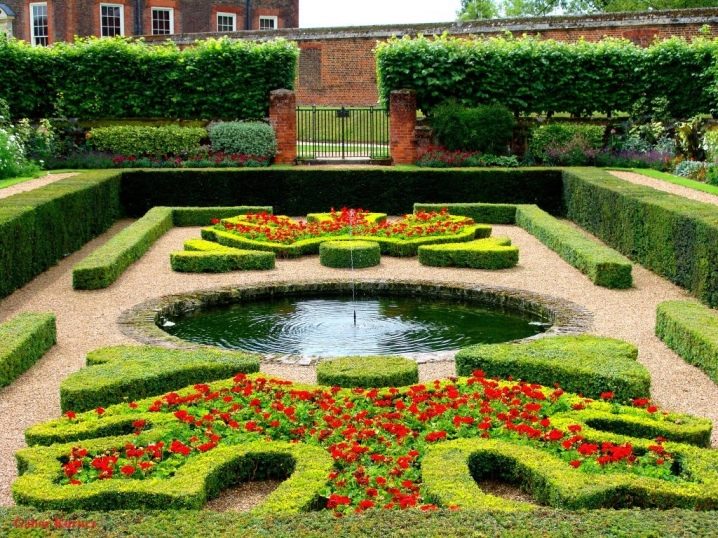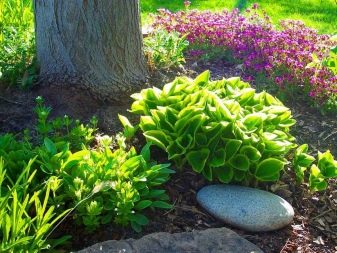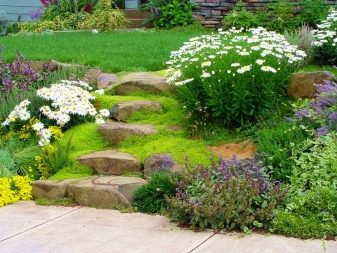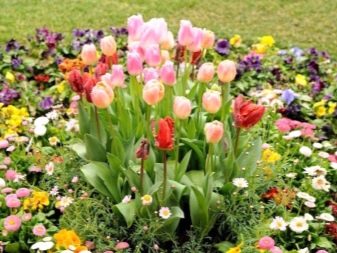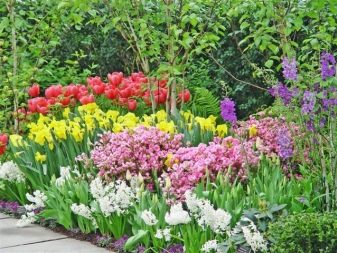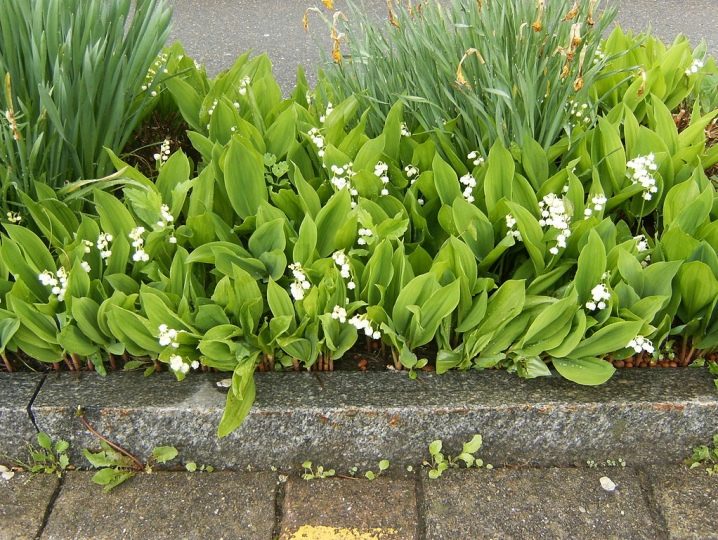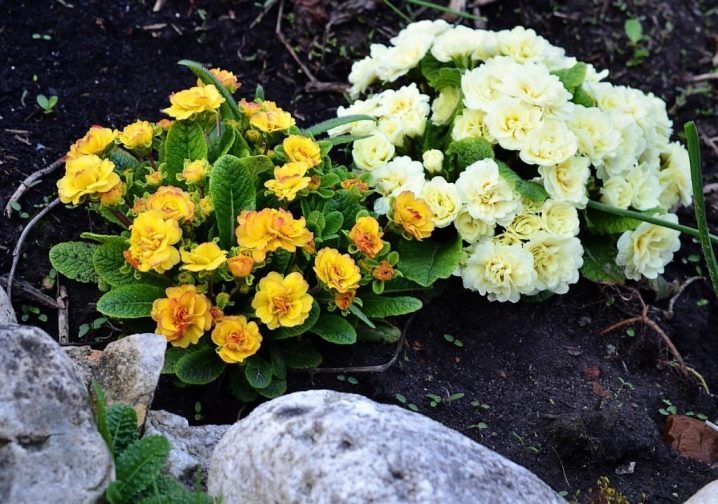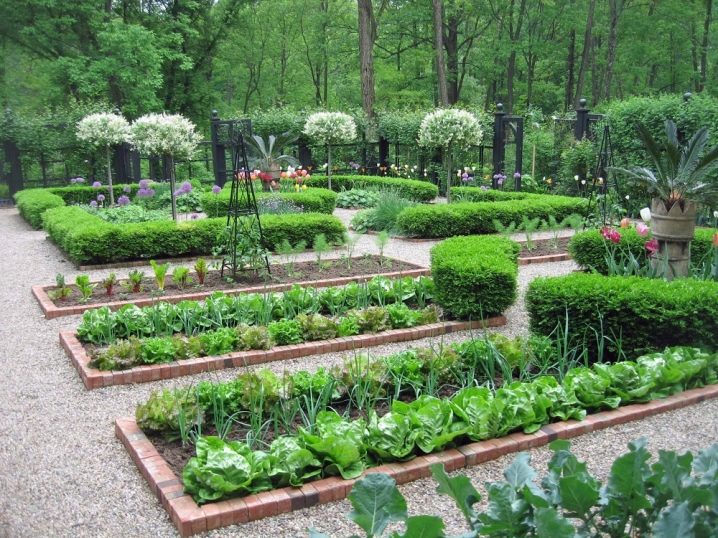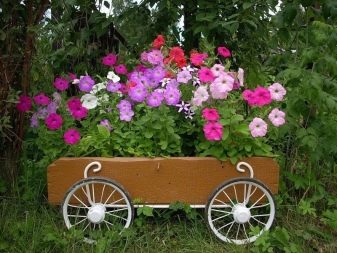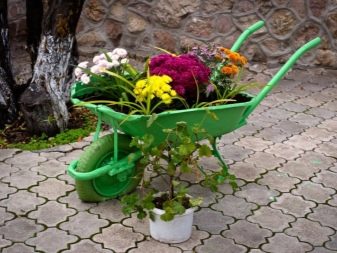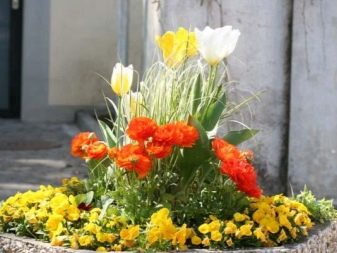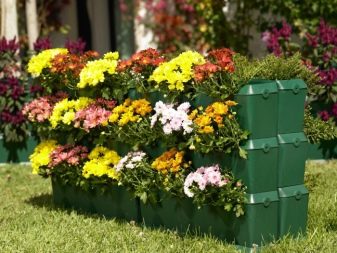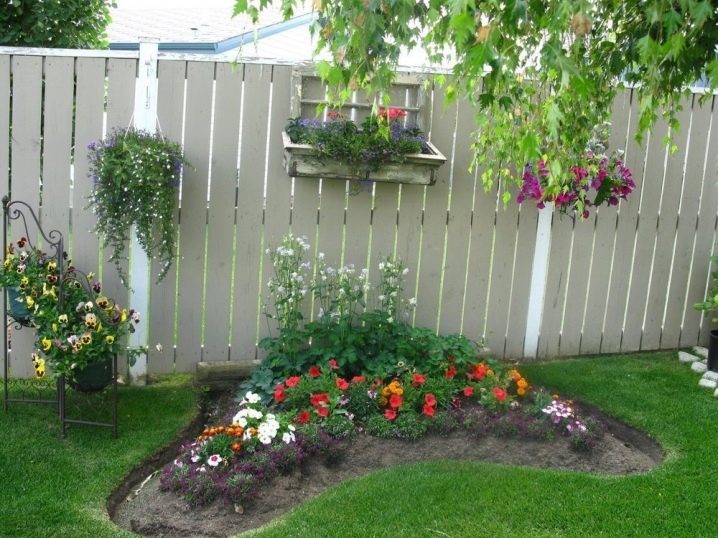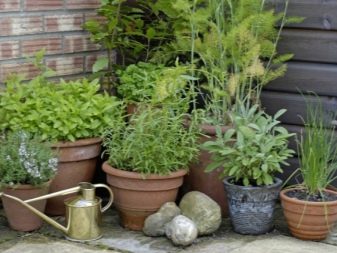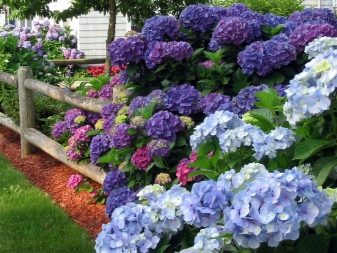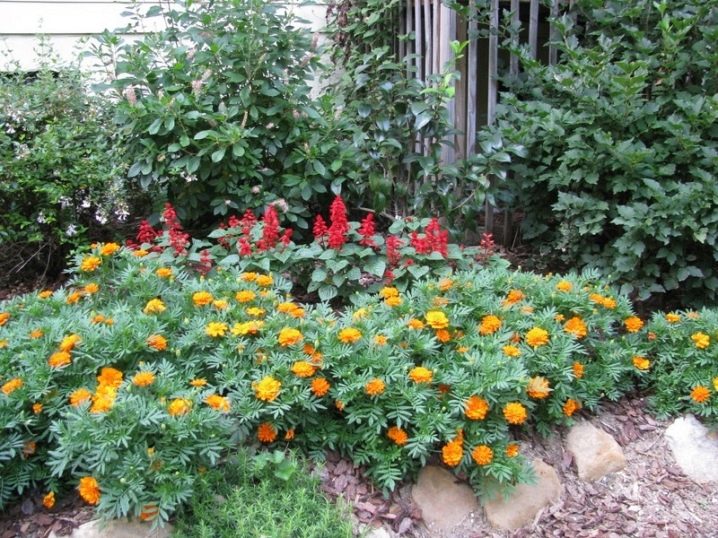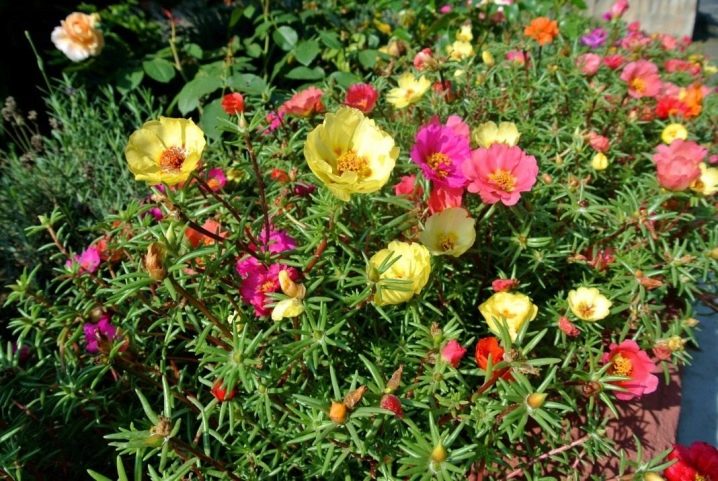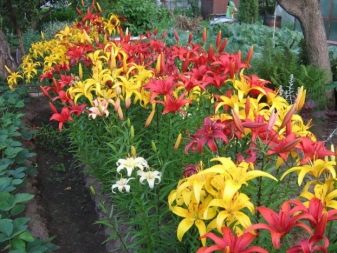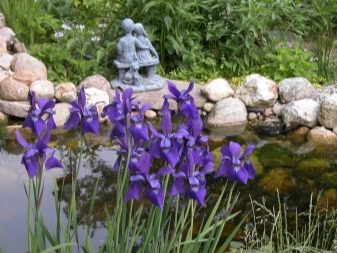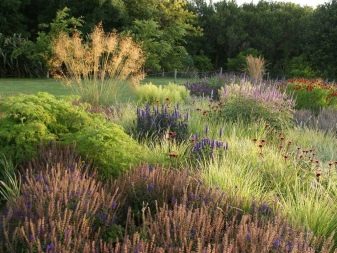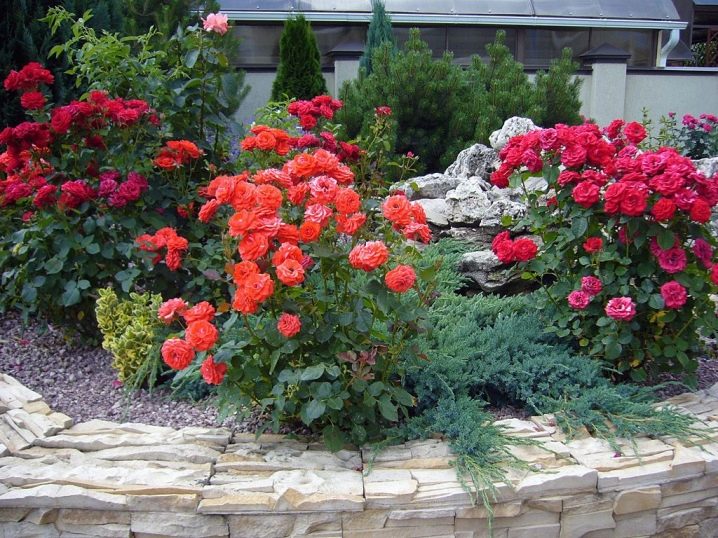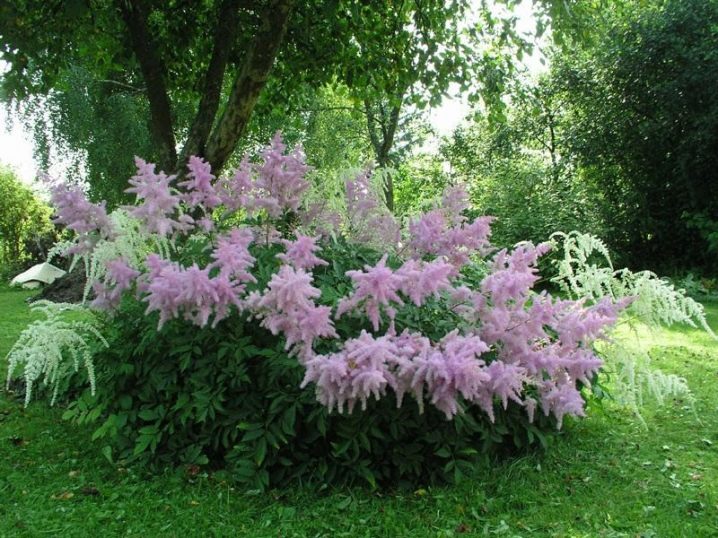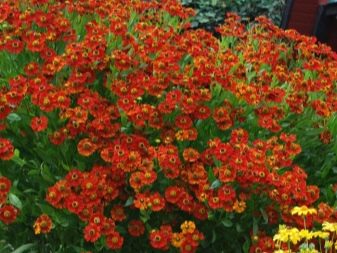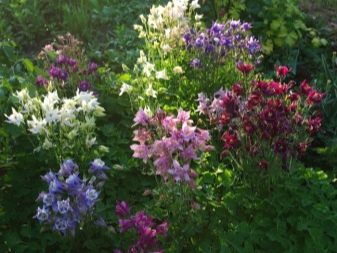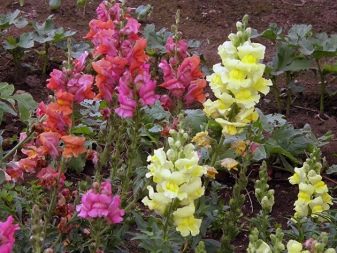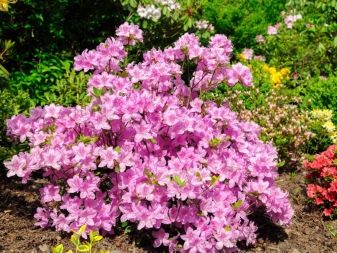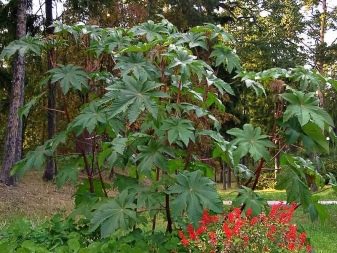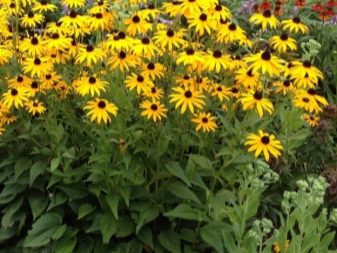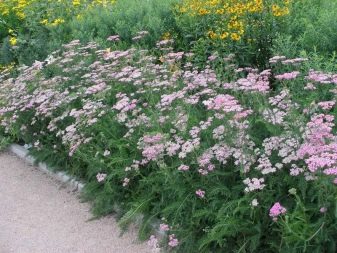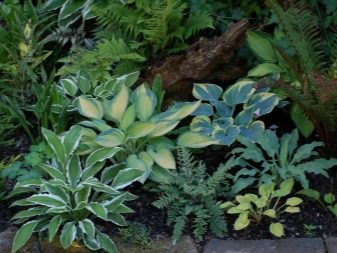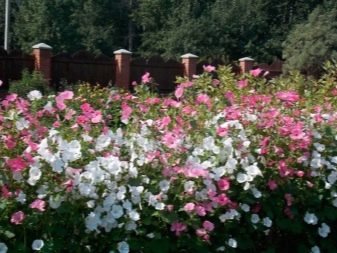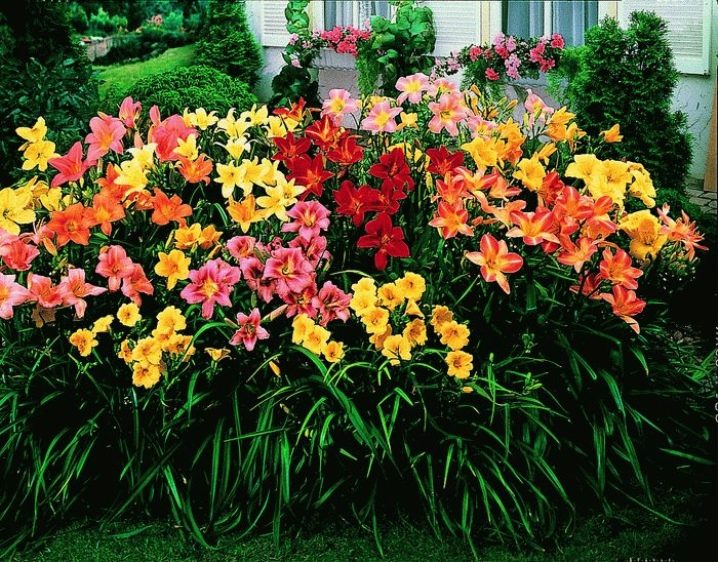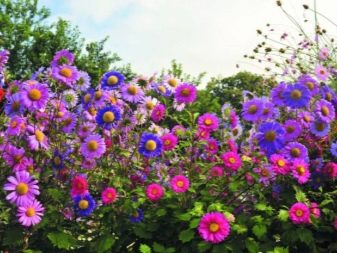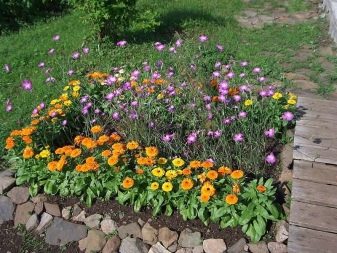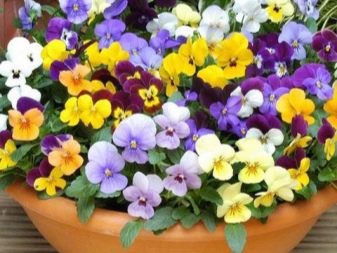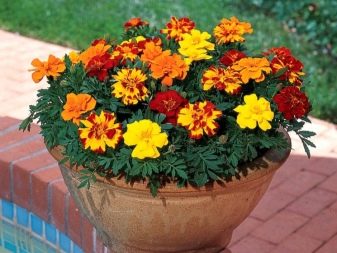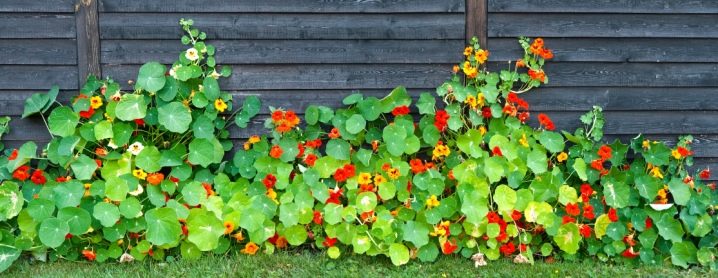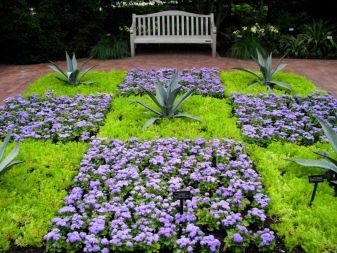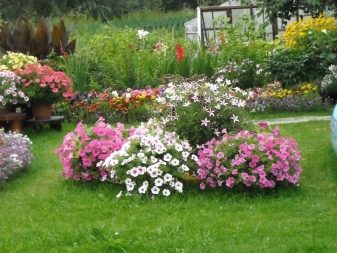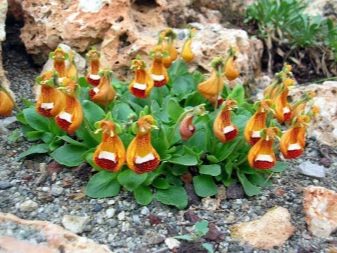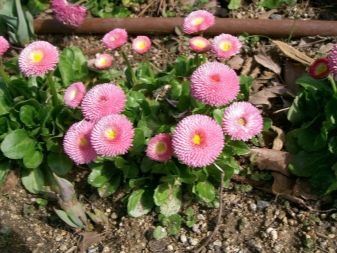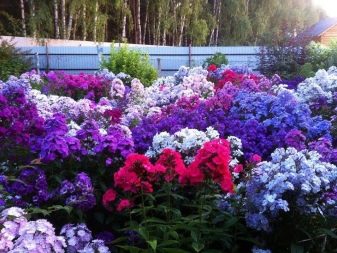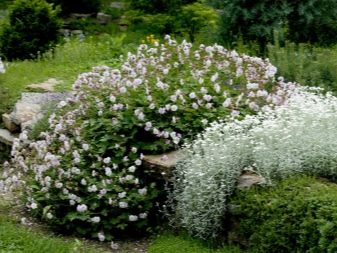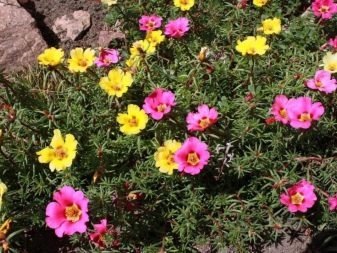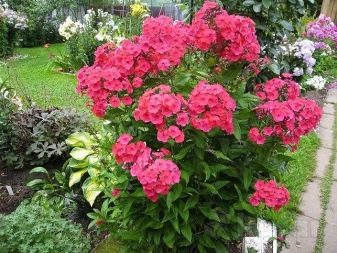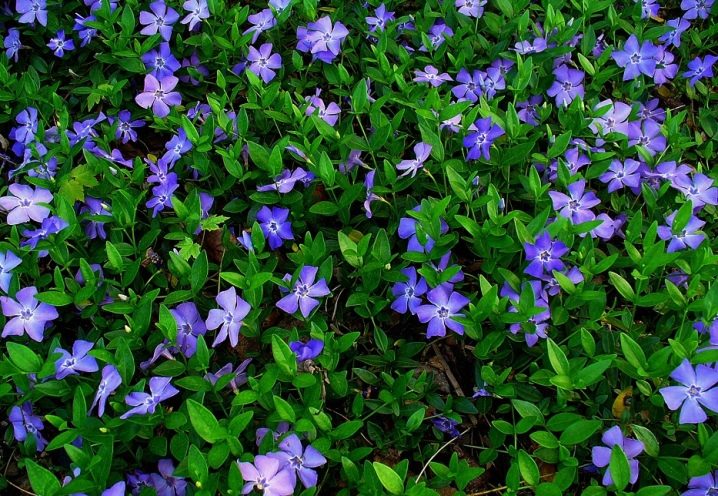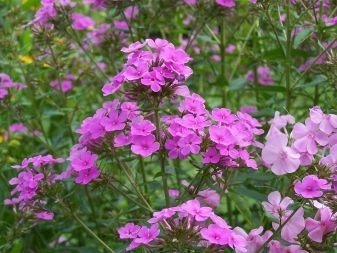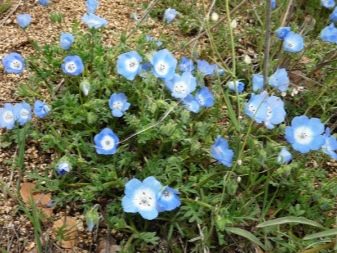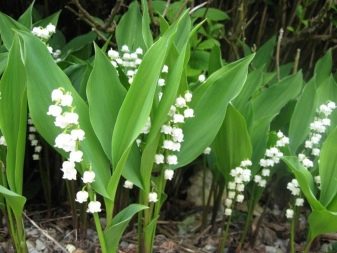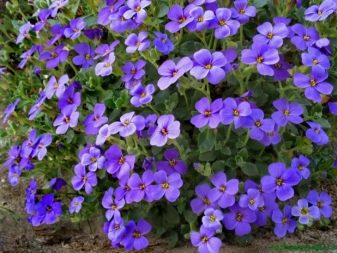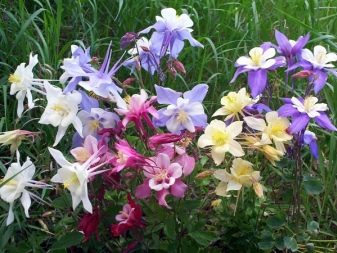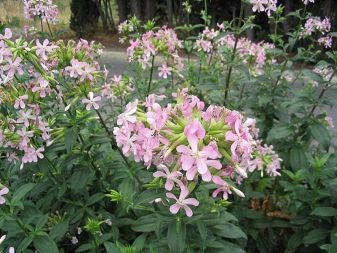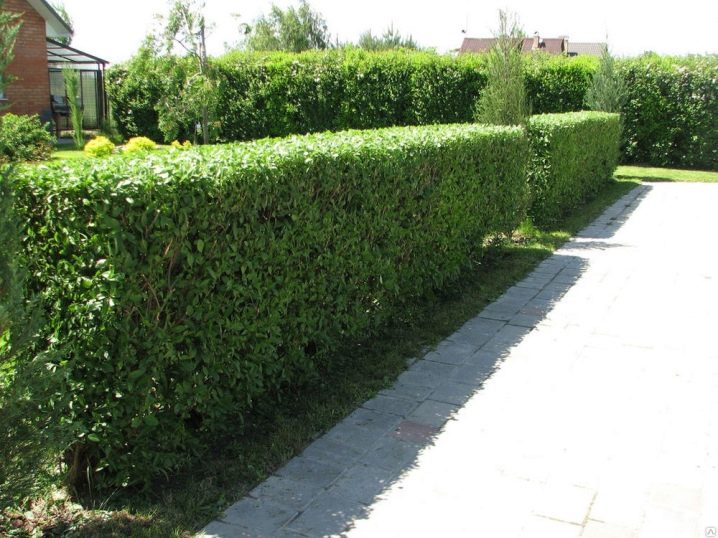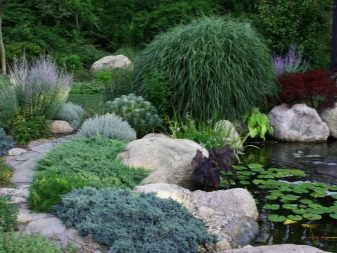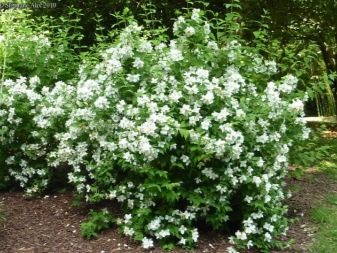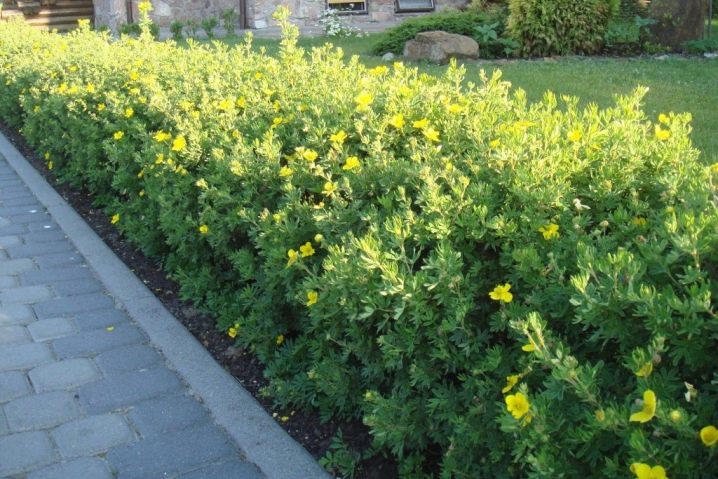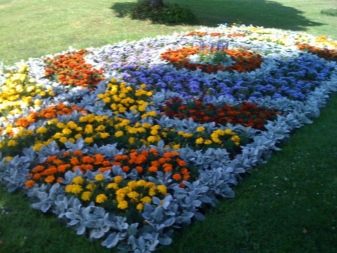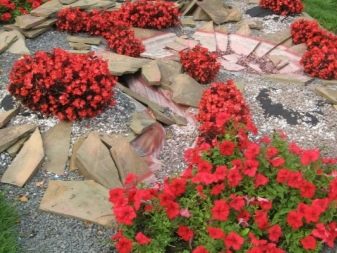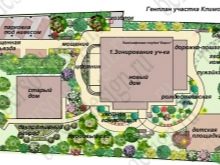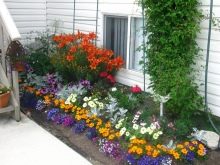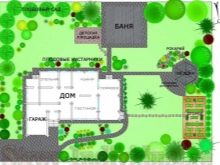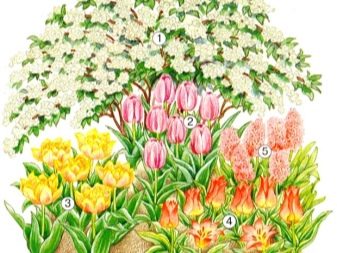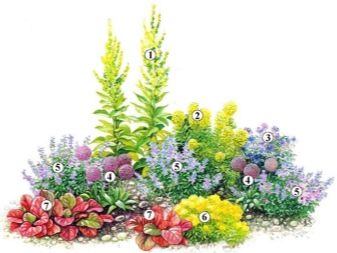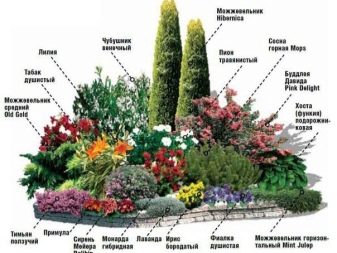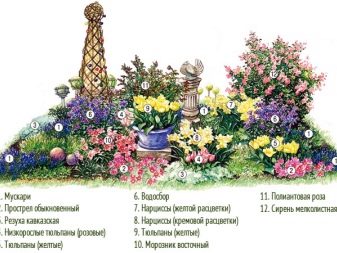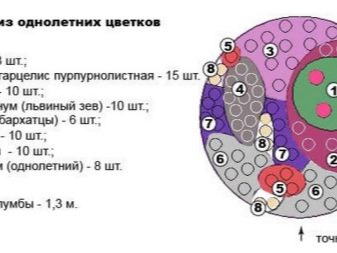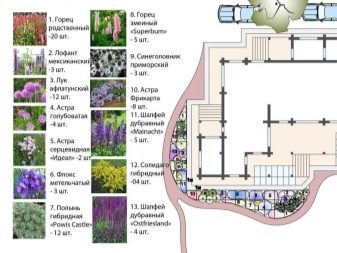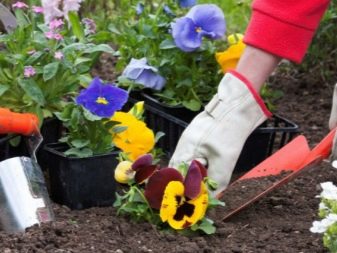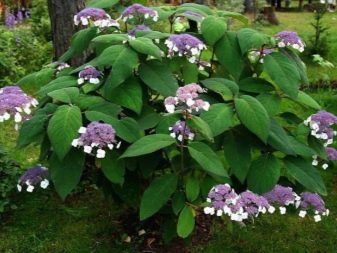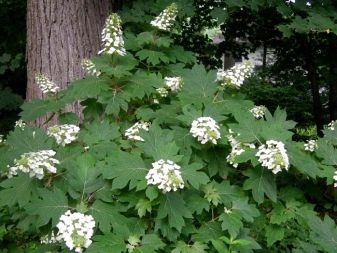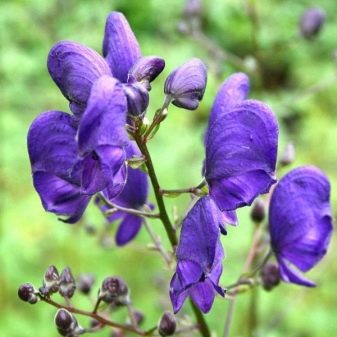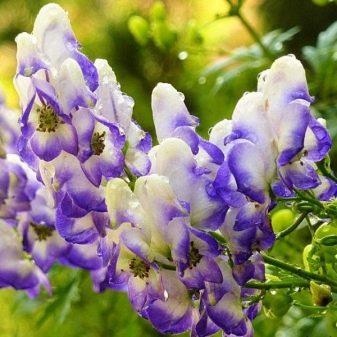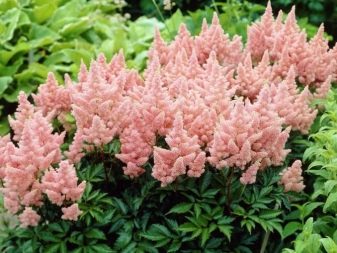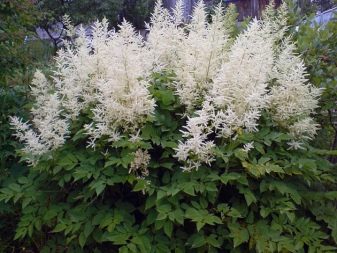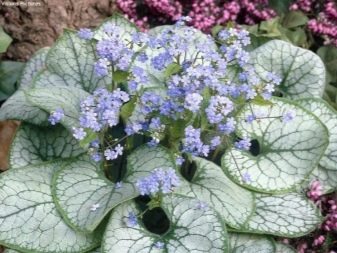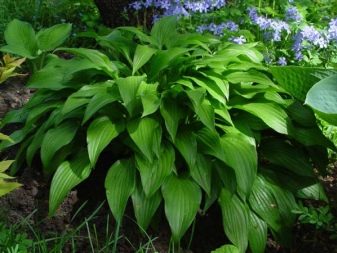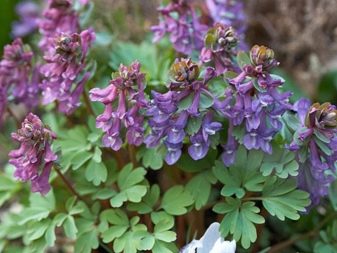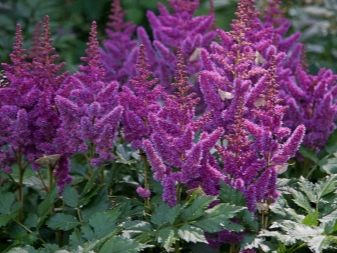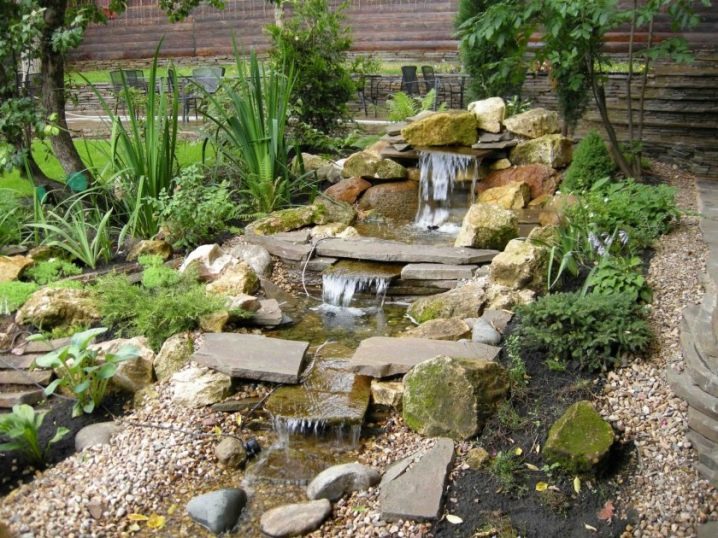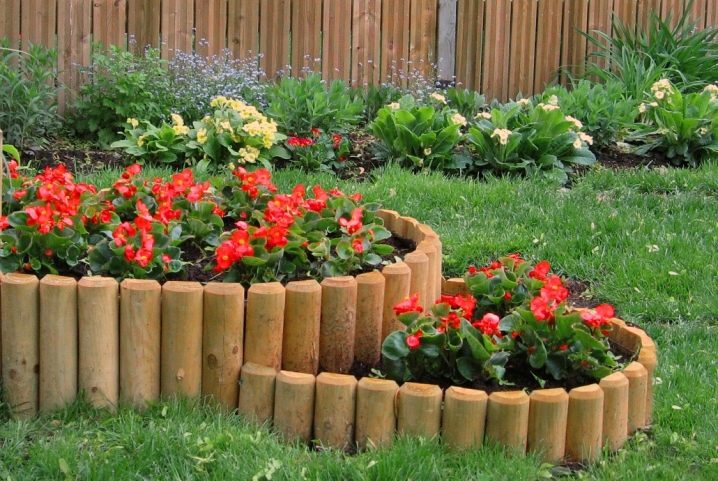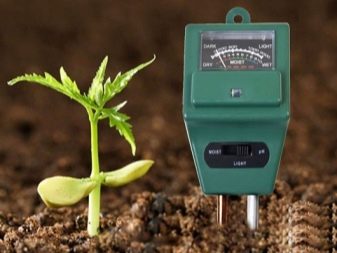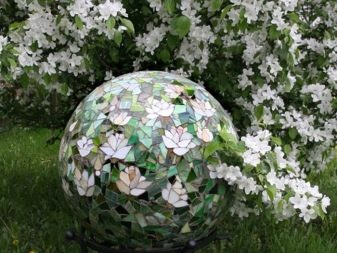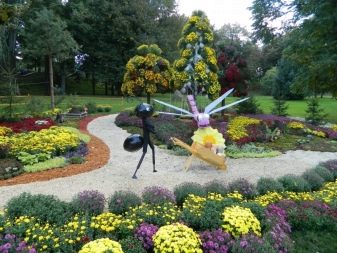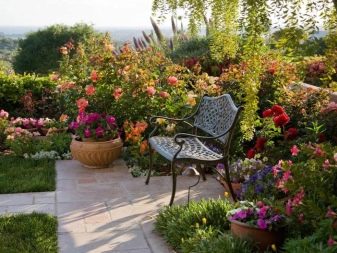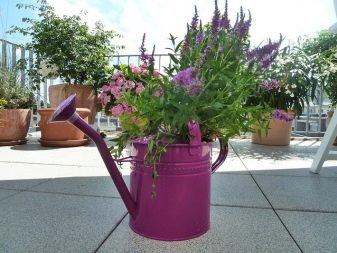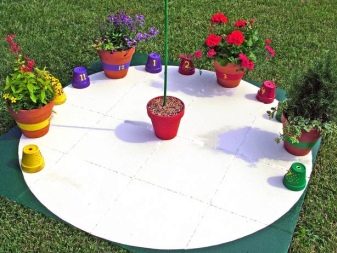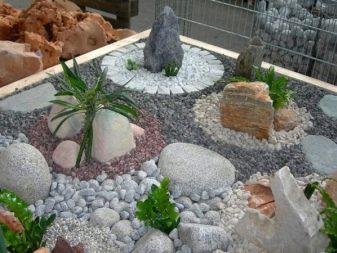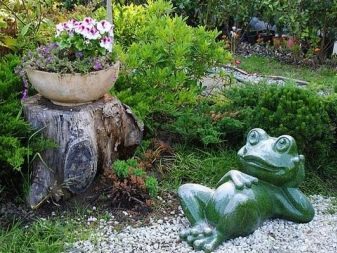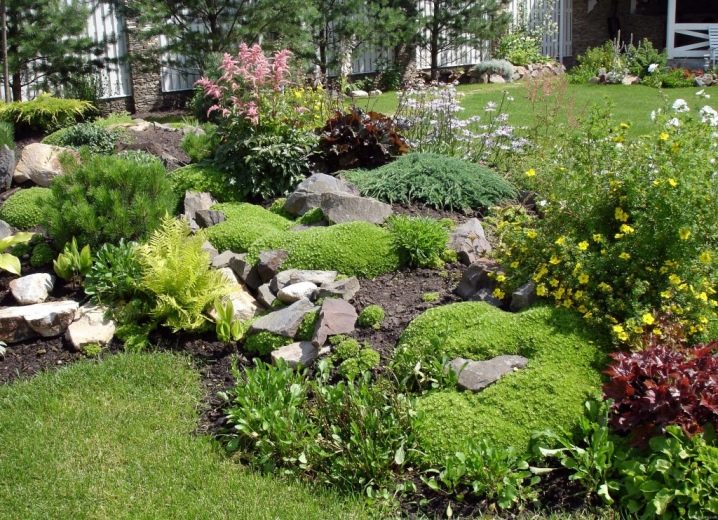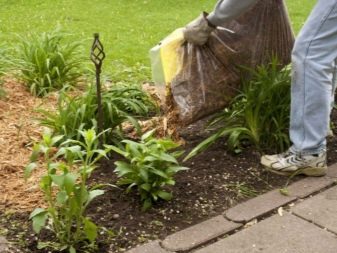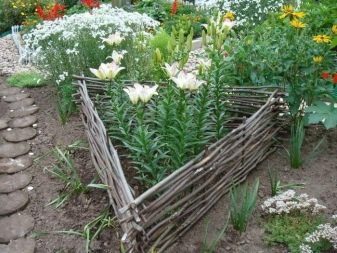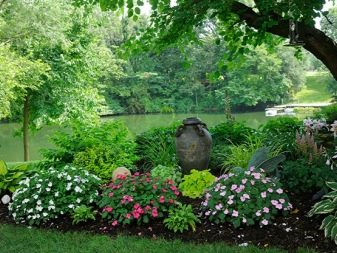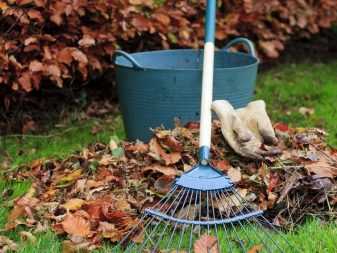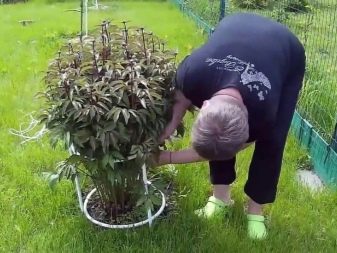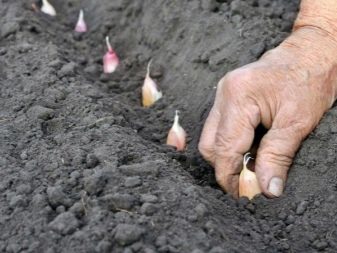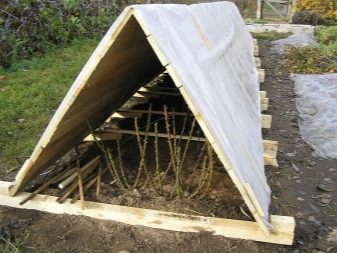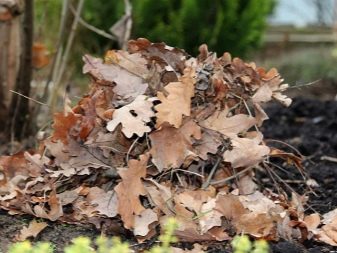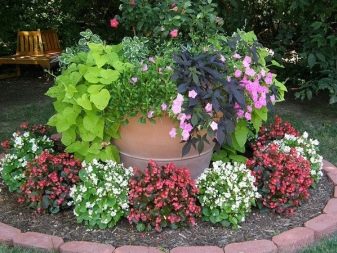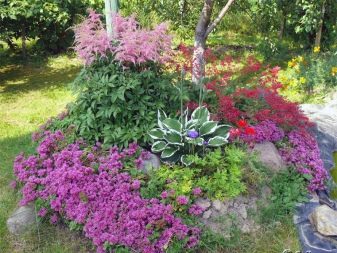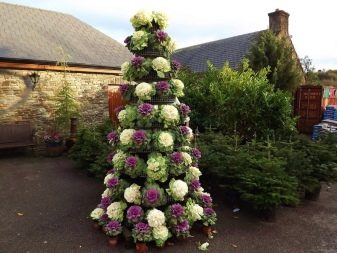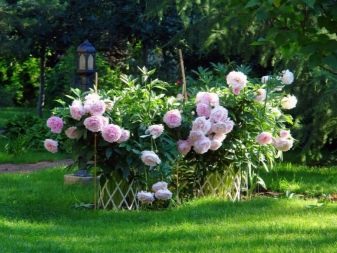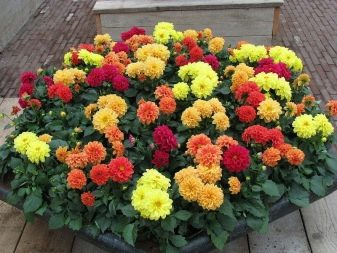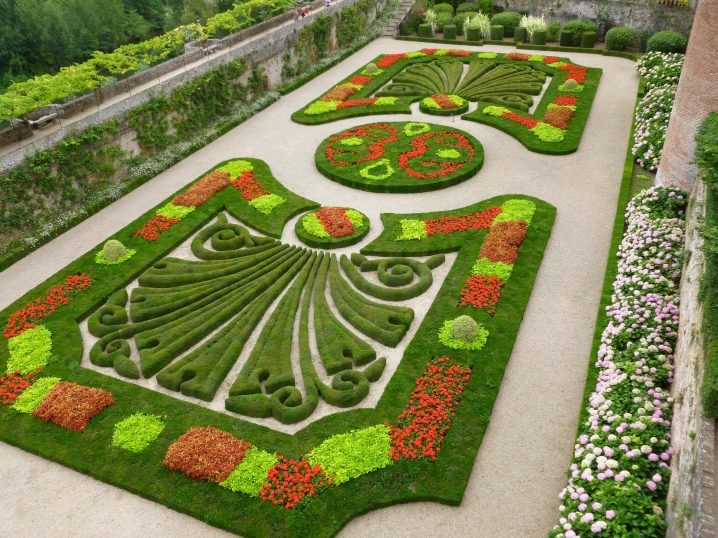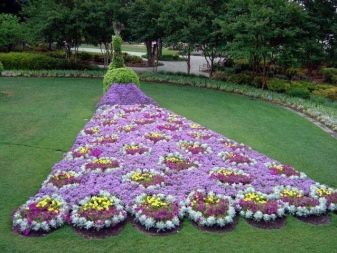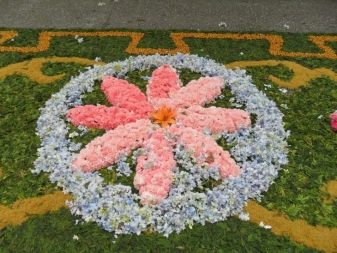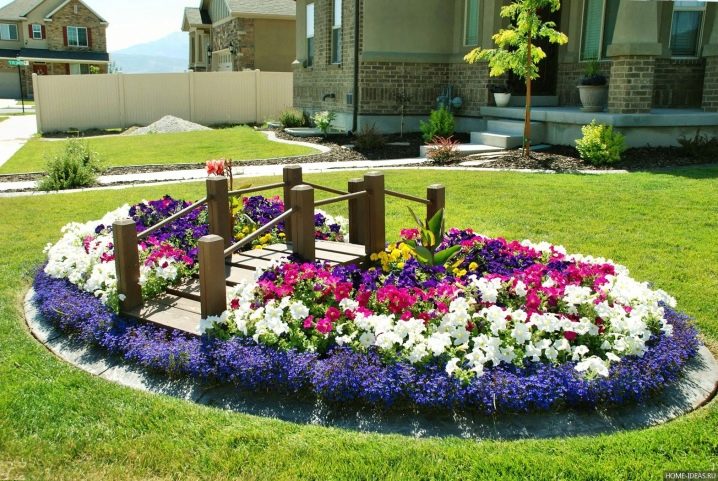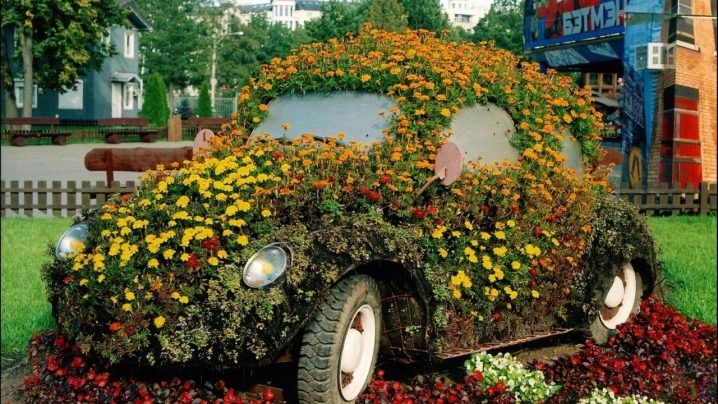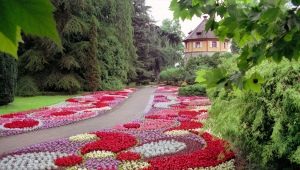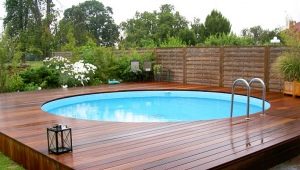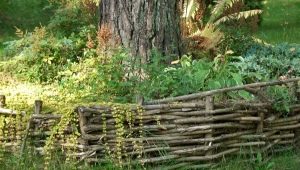The basic principles of choosing colors for flowerbeds
The desire to decorate your garden with flowering plants is understandable. Over the course of time, people identified the requirements of flowers for living conditions and understood which plants could get along and which did not. The choice of colors is a very entertaining exercise. Despite all the difficulties of the process, you are guaranteed to enjoy the result. Decorative flower garden in your yard will cause the admiration of your guests.
Types of flower beds
For convenience, you can divide the flower gardens on the landscape and regular. A classic flower garden is created from a combination of 7 or more different plants. Flower beds of regular type are characterized by straight lines and clear figures. They are often transformed with decorative elements. The lawn is usually used as a component of a flower garden and a background for plants.
Landscape flower beds, in turn, mimic natural inaccurate forms.Natural materials are used as an additional decor: wooden logs, stones. Types of flower beds:
- Naturalistic flowerbed. To create a flower bed you will need up to 30 perennial plants. Often the flower garden is divided into 2-3 groups, each related plant species are combined. In this case, 2 parts consist of basic plants, and the last - from complementary. Natural flower beds are popular and occupy leading places in large garden exhibitions. At first glance, the flower bed resembles a masterful wild landing. In this flower garden you can apply cereal plants.
Caring for a flower bed is not troublesome - just pick the seeds on time so that the flowers do not grow arbitrarily. With proper selection of flowers, the flower bed has an unsurpassed look.
- Classic flower bed. Such flower beds can be seen in every third garden. On either side, the construction is viewed the same way, and the perimeter has strict lines. The correct form of the flower garden simplifies the process of its creation. Most often, the classic flower bed is located in the center of the garden or in its parterre part, the perimeter of the flower bed is always framed by a border.A classic flower bed can have different types - from completely flat to multi-tiered. For this effect planted stunted annuals, which bloom for a long time and perfectly support the shape. Less common is the use of perennial and deciduous plants.
- Mixborder - flower garden decorating the whole year. The peculiarity of it is a multi-tier structure. It should be planted annuals on the first tier, followed by biennials, then perennials, shrubs and ornamental trees. The most important thing in choosing is the duration of the flowering period. Such flower beds can be in the form of a strip of about 4 m or a rhombus of about 5 by 6 m.
- Rabatka. Flower beds of this type stretch along walls, artificial ponds or garden paths.
The width of the flower bed ranges from 40 cm to 1.5 m, and along the length of the ridge, periodic breaks are made to simplify the care of flowers.
- Group. You can grow such a creation even with one type of plant. Their natural contours imitate growth in the wild. Groups of tall plants are planted away from the viewing point, and low-growing flowers are placed closer to it, such a composition can be placed around the trunk of a tree. Flower gardens of this type can occupy a different area, sometimes reaching 30 square meters. m
- Tapeworm it is found both in regular and in landscape garden. In the first version, the tapeworm is a single plant on a grassy carpet or one tall plant, located among the undersized ones. The center of the composition can be perennial or cereal. In the second version of the design of the garden, a single plant more harmoniously fits into the environment.
- Vertical flower garden. To create such a masterpiece you will need a wire frame of the desired shape. The contours are framed by plants, which are carefully selected for height and shape of flowering. The most common example of a vertical flower garden is a wall of wild vines.
- Rose garden. Roses are often the decoration of the front garden area. This flower bed should be placed on a warm place, he needs the sun's rays. In some areas you can make an interesting combination rose garden. As additions, planted cereals, hvoyniki, shrubs and different types of wormwood, so that this version of the rosary decorated the garden throughout the year.
- Border It has the appearance of a narrow strip and serves for edging flowerbeds, lawns, paths and rabatok. It is used to distinguish the elements of the garden.Pick up a short-growing plant that has a stable form. It is important that the flower was unpretentious in the care. Often used flowering annuals, various shrubs or hosts.
- Array - These are the biggest flower beds that we see in public parks. It is impossible to create a flower array in the territory of the dacha, he needs a large area.
- Rock garden (alpine slide). The center of the flower bed is decorated with a large boulder. This element symbolizes the top of the mountain. To create plants that have a predisposition to grow in rocky soil are used. Often these are representatives of the flora of the subalpine and alpine mountain belts.
- Rockery has a visible similarity with the previous view. Among large stones, small shrubs and other low-growing plants sprout.
- Water flower garden created using a successful combination of aquatic plants. The construction of a flower bed is important in the construction of an artificial reservoir in the garden.
- Modular flower beds. The main role is assigned to the module in 1 square. When designing a flower garden, a plan of the site is created, where the entire area is divided into modules. The main thing when planting - to keep proportions.So you can understand that a path will take 6 modules, a lawn - 40 modules, and a flower garden - 5. According to this principle, the entire area must be planned.
- Arabesque. The flower bed is intended for decoration of the front garden area. Intricate patterns are created from minerals and suitable low-growing plants. Arabesques are placed around the edges of the lawn or used to highlight corners. Caring for such a flower garden is quite laborious and requires a lot of attention.
- Edge - flower garden with very variable dimensions - from 1 to several tens of meters. You can meet a flower garden only in the landscape style gardens. A popular option involves planting grassy plants of spring flowering among trees and shrubs. There are options for the use of plants with the same characteristics or 2-3 species with different decorative qualities.
- Springarium. The advantage in this type is given to planting plants with spring flowering.
- Horse show. Lilies of the valley are planted on shady and half-shaded areas with moist soil. Beautiful leaves of these plants adorn the flower garden, even after flowering.
- Primulyary. Such a landscaped garden contains only primrose of different varieties. Planted such plants in the shady area of the garden.
- Decorative garden looks like an ordinary vegetable garden - strict straight beds with gravel in the gaps. This flower garden contains not only ornamental plants, but also garden ones.
- Mobile flower garden. These types of mobile and can move according to your desire. A variety of pots, pots, drawers and similar containers are used as containers. Mobile flower garden requires special care, but frequent watering and feeding plants can cause some inconvenience. Experts recommend to give preference to moisture-holding substrates.
The presented list can be supplemented with many more varieties, but this list is enough to make your choice. Knowledge of ornamental plants will help you determine the appropriate species for any of the flower beds.
Be sure to consider the complexity of care before building a certain flower garden in your garden.
Choosing plants
This issue should be approached as carefully as possible. Plants on your flower garden are divided into the following types:
- one-year and perennial;
- short, tall.
When choosing plants it is necessary to take into account their peculiarities of flowering and the rules of care. Do not forget about additions. Spicy and ornamental herbs will make the flower garden look new. Also, the garden will decorate the hydrangea, which will revitalize the shadow areas.
Previously popular were unpretentious flower beds from placers of marigolds, zinnias, epomes and sweet peas. Do not think that this is in the past. The correct combination of varieties of these plants makes it possible to create a bright composition that does not cause trouble.
Among the low-growing plants is popular purslane. Many people know the name of this plant, but few know that it is edible. A huge advantage of the flower is that it is not afraid of the scorching sun. Portulak literally veils the ground and makes the flower garden one.
Lilies will delight you with the beauty of flowering by the end of spring. At the same time, the heyday passes at the iris. Gladiolus bloom depends on the month of disembarkation. This flower will perfectly complement lobelia, sage and bells.
You can rely on fashion trends. Rustic style is very popular for many years. It is characterized by peonies, geraniums, roses, ball-shaped boxwoods and foxglove.Natural gardens for which herbaceous perennials, characterized by a great love for the sun, in combination with ornamental grass, are increasingly common. Among them there is a beloved millennial, echinacea, sage oakwood, coriopsis, and among the herbs is a feather grass.
Roses in combination with herbaceous perennials are often complemented by peonies, bodyberry, red-flowered geyher. Such a simple combination creates an unsurpassed composition. With roses are well combined conifers.
It is important that the main flowers of the rose garden remain in the spotlight.
Perennials
To get started is to examine the list of popular and unpretentious representatives of this type of plants. The planting of such plants makes it possible to create a garden that does not bring trouble in the coming years. For perennials include:
- Astilba. Depending on the variety, it may vary in size and color of flowers. The flowering period - up to 10 weeks, growing even in the shade.
- Gelenium blooms profusely from June until frost.
- Geranium (Pelargonium) has large flowers and beautiful reddish sheets. It grows in partial shade and is combined with other perennials.Flowering continues from May to June.
- Aquilegia. For the proper development of a plant, it is sufficient to just water it regularly. It grows up to 1 m in height and has beautiful openwork leaves. The catchment blooms almost all summer.
- Snapdragon - Autumn flowers, with many varicolored varieties.
- Azalea. Tea roses, tulips and daisies perfectly complement the composition of unpretentious and frost-resistant azaleas.
- Castor oil - a tall plant resembling a palm tree. The only nuance that is worth remembering is active watering in the summer. The rest of the plant unpretentious.
- Rudbeckia blooms in late summer and autumn, loves nutritious soil and a lot of light.
- Yarrow blooms with multi-colored baskets from June to September.
- Hosts love the shaded places. Usually combined with astilba.
- Lavertera. The plant will decorate the flowerbed with white, pink and crimson tones in 2 months after planting.
- Day-lily. Flower garden with daylilies can be performed in mono version. The abundance of varieties allows you to create a harmonious composition.
Annuals
Among the many such plants are those that are best suited for flower beds.Flowers grow only 1 season, but this process lasts throughout the summer or the whole autumn. The most popular annual flowers:
- Astra annual (Callistephus). It is important to loosen the soil and remove weeds. Water aster need to wisely, in the summer, reduce watering, but increase the amount of water at a time. A variety of varieties happy florist.
- Calendula - orange "suns" in your flower garden. Small bushes are dotted with flowers of different tones. It has medicinal properties.
- Pansies (viola). Flowers are more often grown as annuals. The plant loves warmth, but can grow in a slightly shaded place. It blooms from April to the most frost. Before a cold winter, it is better to dig it out and replant it in a greenhouse.
- Marigold. Unpretentious flowers are a great variety of varieties. Some can reach up to 1. 5 m in height.
- Nasturtium blooms throughout the summer season. It is important to water and sometimes feed the plant. The distinctive characteristic of the species is seeds, which can be served in pickled form on the table.
Undersized flowers
Such plants help create a colorful flower garden in a short time. The main advantage of plants is that they cover the ground and create beautiful patterns. Popular specimens:
- Ageratum Houston. The annual height reaches no more than 20 cm. Loves open sunny terrain. It is important to water the plant on time. It blooms in white, lilac or blue from June to October.
- Petunia pleases their owners both in the sun and in partial shade. For flower beds apply and ampelnye varieties. For outdoor flower beds it is better to plant many-flowered varieties. Flowers such petunias will not suffer from the rain. It is important to regularly water and feed the plant.
- Calceolaria. Bright unusual flowers of an annual will make your flower garden more exotic. The plant does not tolerate heat at all, plant it in the shade. When watering, it is important to maintain the soil moisture, but not to wet the leaves at the edge, since the ingress of water on them can lead to full leaf death. It blooms from early summer to mid-autumn.
- Daisies If you plant a plant in the fall, then in May, your flower bed will sparkle with bright colors. In wet and cool weather, daisies can bloom until frost.
- Phlox. The plant blooms so thickly that during this period the foliage is completely not noticeable. The height depends on the variety, ranges from 5 to 10 cm. There are shades from pastel pink to purple, less often you can see a purple tone.
- Yaskolka felt. Flowering occurs from May to June.The plant covers the ground with a decorative carpet with a height of 20-30 cm.
Blooming all summer
The most popular summer flower beds. For them, you need to choose plants with suitable seasonal flowering. Pay attention to these types:
- Purslane takes root in dry ground in open areas. The more sunlight it receives, the more beautiful it blooms. Particularly valued among gardeners florist variety "Double Mix", which blooms before the first frost.
- Phlox. Most beautiful plant blooms in a sunny area, but can grow in partial shade. The plant needs to be watered and fed. It has many varieties with different colors.
- Periwinkle. The flower is extremely unpretentious. You can plant it on any site. It is necessary to water a plant only at the beginning, further it has enough moisture from the earth. Even in the hottest months, watering more often than 1 time in 7 days is undesirable.
- Night Violet has flowers of purple tones, less often - white. In favorable conditions it grows very quickly. Loves light and nutritious loose soil. Bred terry variety with reddish flowers.
- Nemofila. The plant has a small height - up to 25 cm. Openwork leaves have a beautiful patterned edging.The flower is used for flower beds, borders and calmly endures winter without shelter.
- Lily of the valley. The plant is familiar even to those who are not keen on flowers. A good tandem includes tulips. After flowering, beautiful fruits appear - bright red peas. They can not eat, so watch out for animals and small children.
- Aubrieta A small plant is located bushes and fascinates the owners of the house with its purple flowers throughout the summer.
- Aquilegia. The unusual structure of the flower makes it attractive to gardeners. Inside is a yellow core, followed by oval leaves, and the composition is composed of petals with sharp ends. Shades of petals depend on the variety.
- Mylnyanka - almost indispensable plant for romantic flower beds. These flowers look especially good in mono flower beds of pink color. Buds consist of five petals.
Shrubs
Ornamental shrubs will help create a garden that blooms all year round, or build a “hedge”. Bushes are blooming and non-flowering, conifers are very popular. Such plants multiply by division, offspring, cuttings and layering.Thanks to this, you can easily land a large lane.
Dwarf juniper is ideal for decoration flower garden rock garden. The needles differ according to the type of plant. It is important to note that peonies, roses, clematis do not withstand the neighborhood with coniferous shrubs, keep them at least 2 meters away. Popular planting of jasmine, viburnum, wild rose and cotoneaster.
To create a free hedge you need to pay attention to the yellow acacia, barberry and different types of hawthorn. If you want a low hedge, then it is worth noting blooming species of spirea and boxwood. The last shrub is often planted singly and cut in the form of various figures.
For low hedges such as curb, Potentilla and low spiray types are suitable.
Composing compositions
Be sure to think over all the details and present the result before you start planting. To create a beautiful tandem you need to follow a few simple steps:
- Choice of shades. Dark red and purple tones give the garden a dynamic look. The flower garden in one tone looks stylish. Yellow and blue colors create a calm and positive atmosphere.The choice of color is a subjective question, but take it responsibly.
- Type of flower bed. At this stage, adequately assess your garden and the territory as a whole. Decide which zone is worth planting plants, and what size flower garden you can arrange.
Remember that many types of flower gardens can be combined. For example, a classic flower bed can be surrounded by a flower garden border. Decorative carpet is perfectly combined with a variety of arabesques. This composition looks great near the house.
- Selection of plants. Make a list of plants, given the type of flower bed, the illumination of the place and the quality of the soil. It is also important to take into account the flowering season. You can choose according to the principle of flowering in one period or so that the blossoms replace each other. It should be noted that the flower beds of perennials alone are not profitable, since in the first years there will be a lot of empty zones, which looks unattractive.
There are some more important conditions for the correct design of the flower garden. Be sure to consider how much the plant grows.. It is important to take into account the height of the plants and the shape of their leaves. A good support for the flower bed will be plants with decorativeleaves and small care requirements. Consider the combination of plants in more detail so that they do not harm each other.
Draw the plan on paper. So you can form the desired pattern and calculate the number of seeds for planting. Observe the scale and take your time at this stage. The plan will help you to avoid mistakes during the land works.
Drawing start with the contours of the selected type of flower bed. Place the plants with the height indicated. Perennials leave free space for growth. When placing also consider the stability of the ornamental plants.
Only after considering the plants and creating a detailed plan, you can begin to build a flower garden in your garden.
For example, you can take such an oasis in the shade of a tree. The size of such a flower bed can be 2 m by 4 m. For an oasis, you can pick up the following plants:
- Combine several types of hydrangea: sargent and oak-leaved.
- In front of them, land an aconite with flowers of different tones. It looks good combination of the two types.
- You can complete the picture with the help of unpretentious astilba.
- Brunners and hosts will decorate the oasis for the entire summer season.
- High crested can be picked up in aconite tone.
- Chinese dwarf astilba will cover the ground with a beautiful solid carpet.
Decor
Flower beds with annuals can be decorated with additional decorative elements. Special garden lighting will help to place accents in a flower bed. You can diversify the flower bed with an interesting fountain or sculpture. Pick up the details so that they emphasize the depth of the flower arrangements.
It is important not to overpay spaceotherwise the whole charm will disappear without a trace. If you decide to decorate your garden with an alpine slide, then choose the appropriate stony details for decoration. The tree will organically fit, the figured snag can decorate a flower bed of any kind. Refinement and magic can be created with the help of an openwork fence around a flower bed.
Let us dwell on the fence for the flower beds. You can buy a finished fence made of forged metal or wood. Another option is a homemade hedge. Products from a decorative stone effectively look. The principle of the calculation is no different from the construction of garden paths.
Decor for a flower bed is not limited to lighting, fountains, statuettes, fences and pendulum. There are many interesting ideas:
- Install a thermometer or moisture meter in the ground and decorate it in the form of a decorative lock.
- Shiny, mirror or mosaic balls can hide the gaps between the plants in your flowerbed.
- Sheets of metal can be turned into avant-garde sculptures or into butterflies and birds.
- A small decorative bench amongst a placer of bright colors can be a pleasant place to relax.
- Decorate an ordinary watering can with a color ornament and make it a center element of the decor.
- Build a real sundial in the middle of a flower garden in the open.
You can decorate the soil with seashells and figures of inhabitants of the aquatic world.
Care Tips
Perennials require some maintenance. Despite their simplicity, it is necessary to maintain plant life correctly. The following recommendations exist:
- Provide loose and nutritious soil to the plants.
- If you planted wild plants, then be sure to create conditions close to natural ones.
- Sawdust and conifer needles will help protect plants in the winter and to maintain the desired level of moisture in the soil.
- Many plants do not tolerate strong winds, so be sure to build protection.
- Marigolds and lavender around the perimeter of the flower beds will protect the rest of the plants from common pests.
- Shade-tolerant plants can be placed under the canopy of trees. They are also suitable for clearance edge.
Experienced gardeners know that the hardest season is autumn. It was during this period that the flower garden required increased attention. If you do everything correctly, in the spring you can calmly watch the colorful flowerbed. Mandatory procedures for the care of an autumn flower garden:
- Clean flower beds and lawns with a rake. This is the fastest and right way to clean the soil from faded grass and foliage.
- Peonies need to be actively watered and fed in October. It is during this period that the budding takes place.
- Plants that bloom in the spring, you need to dig and transplant until November. Be sure to remove all weeds and loosen the soil.
- Roses must be cut and wrap, but only after frost. Cover roses only from above, without touching the sides. So the shoots ripen better in the spring.
- Hyacinths are planted before the beginning of November and be sure to cover them with dry foliage. Cover the same leaves with daffodils, clematis and miniature varieties of roses.
- Tulips are planted in the autumn. They should not be covered for the winter, but the soil should still be fed. To do this, you can use sawdust or compost.
Beautiful examples
Landscape flower garden gives you the opportunity to show imagination. When planting flowers, there are no rules, so you can create the most natural look. Choose plants from perennials and make sure they are all unpretentious in their care. The combination of different periods of flowering will give you a colorful picture from early spring to the most frost.
Vertical flower beds cause true delight among amateurs of aesthetic plant ensembles. This type of flower garden makes it possible to make a bright composition even in a small area. Flowerpots with flowers can be mounted on a conventional wall or screen. Often they are nailed or tied up. A small plot will transform with such a wonderful design.
This hit - monoclumbus. This flower garden contains plants of a certain type. The composition is created using a combination of different varieties of the same plant. Ensembles of peonies, dahlias or variegated asters look spectacular. Choose your favorite plant and create a magical corner in the garden.
Arabesque - the ability to create a real work of art in the garden. This flower garden can be given an intricate animal or insect shape. Such arabesques cause admiration of guests and neighbors.
To make such a construction yourself can be quite difficult, so consult a specialist.
Fans of stunted plants can create a carpet bed in the garden. Quite painstaking and interesting work - the creation of ornaments. A flowering carpet will reveal itself in all its glory, if you can take into account all the details of the consistent planting of flowers. Low-growing plants of different colors can decorate your garden with a real picture.
A good option would be a flower bed butterfly in your garden. Such a composition can be landed independently. Carefully paint the plan and select the plants. A simpler option would be the planting of bright flowers in the shape of a heart. If you doubt your capabilities, then plant flowers with islets.
To create an unusual composition, make a wire frame in the form of a car, an unusual bird or a rainbow. Such a structure can be installed in a certain part of the garden or made in the form of a mobile flower garden.
To do such works of art is a difficult and painstaking work. However, a delightful result will exceed your expectations.
On what the main mistakes are made when designing flower beds, see the following video.
